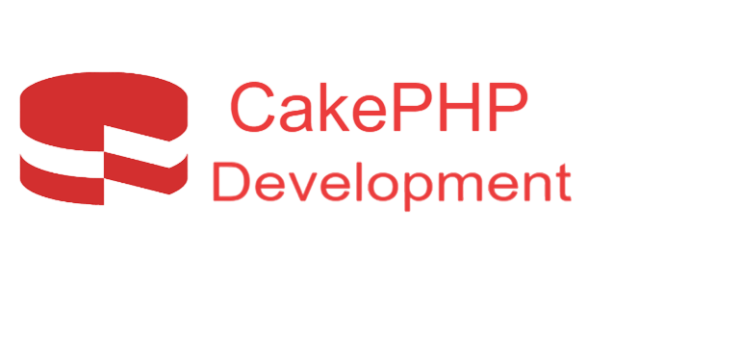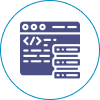CakePHP Development: Building Web Applications with Efficiency and Simplicity
With the goal of simplifying, speeding up, and requiring less code while creating online applications, CakePHP is a potent open-source web framework for PHP. CakePHP enables developers to easily create powerful, scalable, and maintainable applications with its beautiful and expressive syntax. We'll dive into the nuances of CakePHP development in this extensive book, going over its main characteristics, advantages, and best practices.
Introduction to CakePHP
The MVC (Model-View-Controller) architecture paradigm, which divides application functionality from display and data layers, is followed by CakePHP, which was first released in 2005. This division facilitates reusability, improves code organization, and eases maintenance. In order to expedite development processes, CakePHP integrates contemporary web development principles, such as convention over configuration, CRUD (Create, Read, Update, Delete) activities, and scaffolding.
Key Features of CakePHP
Model-View-Controller (MVC) Architecture
CakePHP adheres to the Model-View-Controller (MVC) architectural paradigm, which divides the levels of display (View), data (Model), and application logic (Controller). This division of responsibilities facilitates reusability, improves code organization, and eases maintenance.
Convention over Configuration
By adhering to conventions, including name conventions for files, folders, and database tables, CakePHP minimizes the need for configuration. Developers may now concentrate on building application logic instead of setting up configurations, which leads to quicker development cycles.
CRUD Operations Support
Because CakePHP comes with built-in support for CRUD (Create, Read, Update, Delete) operations, developers can work with databases with ease. CakePHP's strong ORM (Object-Relational Mapping) features allow developers to do database operations with little to no code.
ORM (Object-Relational Mapping)
Through the mapping of database tables to application models, CakePHP's ORM streamlines database interactions. Object-oriented programming techniques enable developers to deal with data in a more intuitive and efficient manner, facilitating database queries and data manipulation.
Scaffolding
Scaffolding features provided by CakePHP allow simple CRUD interfaces to be generated automatically from database tables. This makes development faster and more effective by enabling quick prototyping and the creation of basic applications without the need to write repetitious code.
Built-in Security Features
Input validation, protection against Cross-Site Request Forgery (CSRF), preventing SQL injection, and authentication methods are just a few of the security features that CakePHP offers. These capabilities support developers in creating safe apps and guarding against frequent security risks.
Form Helper
A Form Helper offered by CakePHP makes it easier to create and validate HTML forms. The complexity of form handling in web applications is decreased since developers can easily construct form elements, manage form submissions, and validate input data.
Component-based Architecture
The component-based architecture of CakePHP enables programmers to isolate and reuse application code between controllers. Code reusability, modularity, and ease of maintenance are all facilitated by the use of components.
Routing
Developers can design unique URL routes that correspond to controller actions using CakePHP's routing mechanism. This allows developers to define URL patterns and routing logic with flexibility and makes it possible to create clean, SEO-friendly URLs.
Template Helpers
Numerous template aids are available in CakePHP for creating HTML, form components, pagination links, and other content. Developers can more easily create user-friendly interfaces by using template aids to streamline the process of creating dynamic, interactive web pages.
Database Migrations
Developers may handle database schema changes and versioning with CakePHP's database migration tools. Database schema evolution and deployment are facilitated by developers' ability to specify changes to the schema in a version-controlled way using migration files.
CLI (Command-Line Interface) Tools
A collection of command-line tools called Cake Console are included with CakePHP to help with code generation, testing, and other development chores. By improving development workflows and automating tedious activities, these CLI tools increase productivity.
Related Services






























